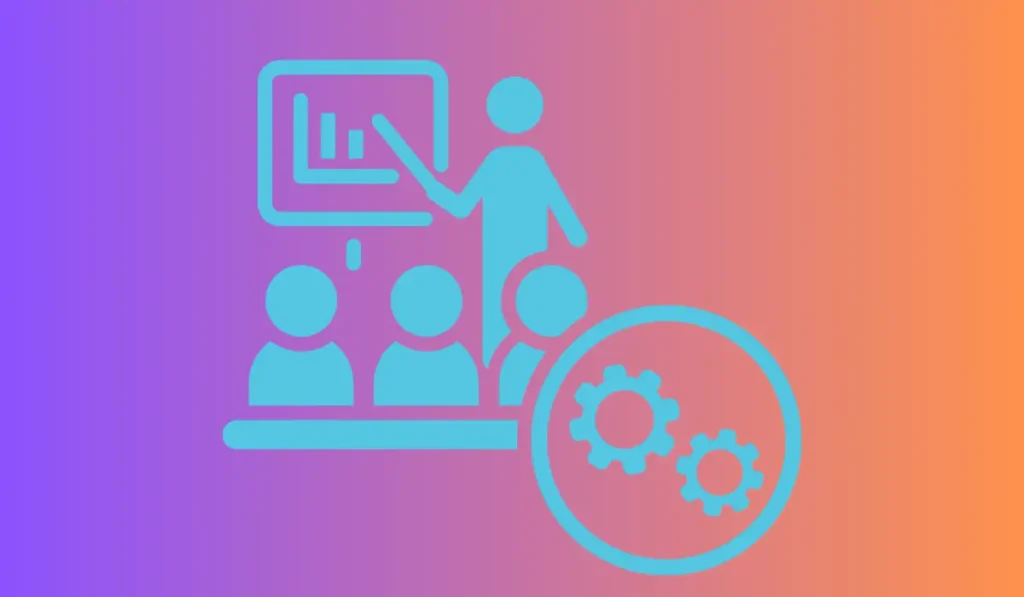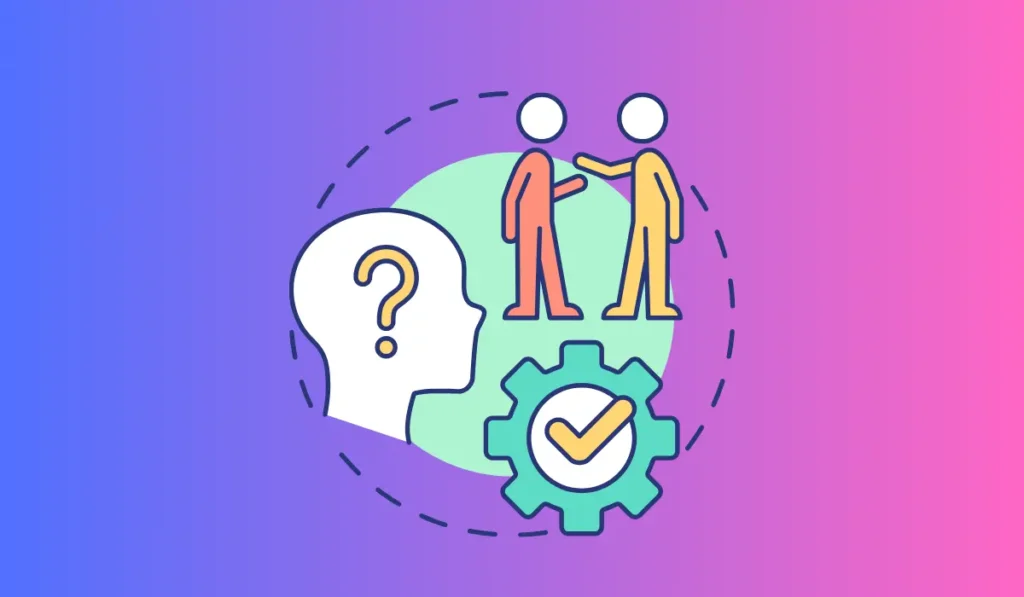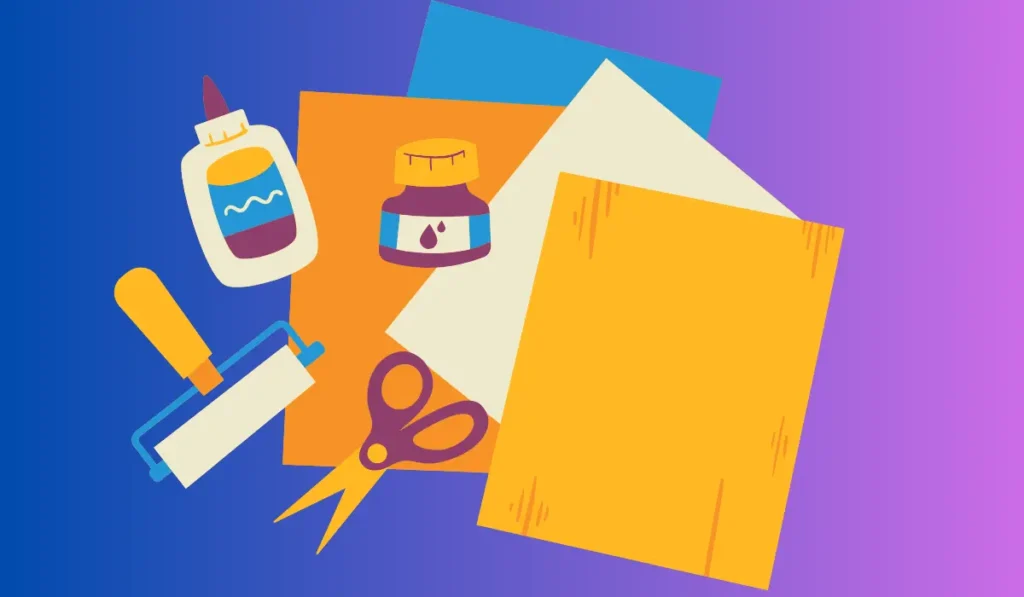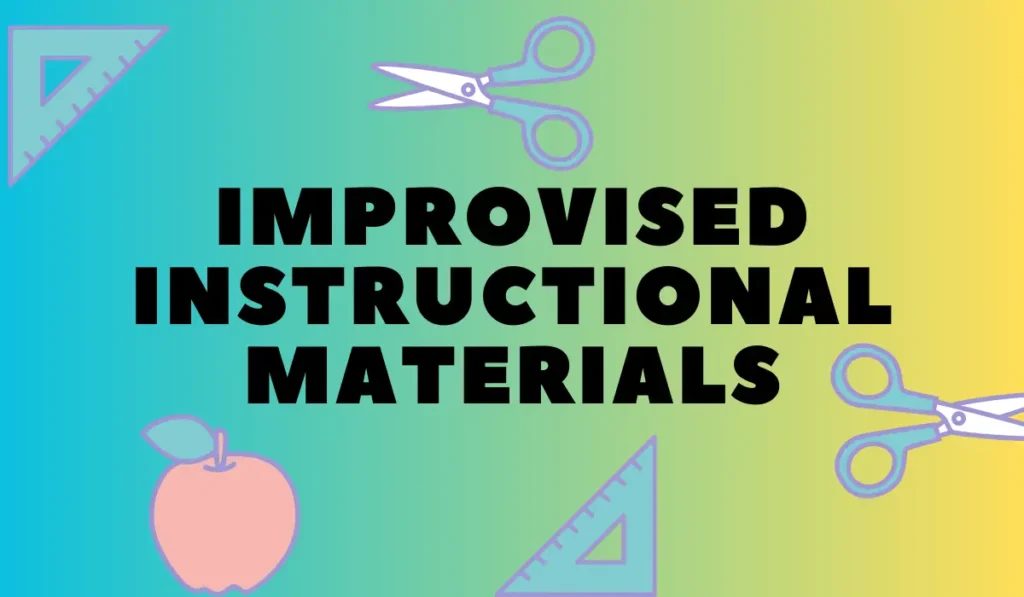Educational paradigms have shifted from teacher-led instruction to collaborative, interactive, and online learning platforms. The traditional classroom still plays a vital role in education.
Innovative teaching methodologies are essential to cater to the diverse learning needs of students. With the use of technology, teachers can now create a dynamic learning experience that better aligns with students’ interests.
In this article, I will explore the major shifts in teaching perspectives and their impact on overall student performance.

The Need To Adapt Traditional Teaching Methods
The world of education has undergone a significant transformation over the past few years. With changing times and advances in technology, traditional teaching methods have become outdated, which has resulted in a need for adaptation in the way we teach our students.
From understanding the need to adapt traditional teaching methods to the evolving job market demands, several factors have led to these changing perspectives. Let’s take a closer look.
The Traditional Classroom Structure And Its Shortcomings
The traditional classroom structure has been the go-to method for teaching since the beginning of modern education. The teacher stands at the front of the class, delivering lectures while students take notes.
However, this method has several shortcomings that hinder students’ learning process, such as:
- Lack of customization in learning: In traditional classrooms, the teacher is the sole authority, and students have to fit themselves into the pre-defined learning style. This means that there is minimal scope for customization of learning, which makes it difficult for students to grasp concepts effectively.
- Limited student participation: Traditional teaching methods are teacher-centric, which means that students have minimal opportunities to participate actively in the learning process. This can lead to disinterest and disengagement in their learning.
- Emphasis on rote learning: Traditional teaching methods stress on memorization of facts, which can result in a lack of critical thinking and problem-solving skills in students.
The Impact Of Modern Technology On Education
With modern-day technology, the education sector has undergone significant changes. From online courses to educational apps, integration of technology has brought about a plethora of advantages, including:
- Enhanced engagement and collaboration: Technology has enabled educators to create an interactive and collaborative learning environment, encouraging students to participate and learn at their own pace.
- Personalization of learning: With technology, educators can personalize the learning experience for students. This allows them to cater to each student’s unique needs and learning style, helping them learn more effectively. Plus, incorporating Workday integrations can simplify administrative tasks, allowing educators to focus more on teaching.
- Accessibility: Technology has now made education more accessible to anyone, anywhere. Students from remote areas or with disabilities can now experience the same quality of education as their urban counterparts.
Evolving Job Market Demands And The Role Of Education
The job market has changed significantly over the years, with several job roles becoming obsolete and new ones emerging. This requires the education system to align itself with the current market demands.
The role of education has become more critical than ever before, leading to the need for:
- Holistic development: Education now needs to focus on developing skills such as critical thinking, problem-solving, and communication, which are highly valued in the current job market.
- Focus on creativity and innovation: With the world moving towards an innovation-driven economy, education needs to focus on creativity and innovation to develop future innovators and leaders.
- Incorporation of practical learning: The job market demands practical knowledge, and education should incorporate more practical learning to equip students with hands-on experience.
The changing perspectives of teaching have pushed the education system towards a brighter and more innovative path, powered by technology and contemporary methods.

New Perspectives And Responsibilities Of Teachers
With the advent of the digital era, teaching styles have undergone a massive transformation. Traditional classroom teaching, where teachers were seen as the all-knowing “sage on the stage,” is no longer relevant.
The focus now is on creating an environment where students can learn actively and collaboratively.
As educators, it is our responsibility to adapt our teaching techniques to keep up with the changing times. Here are some key points to consider when shifting away from the traditional “sage on the stage” mentality:
- Embrace a facilitator role and promote active learning
- Create a student-centered classroom where students take charge of their learning
- Encourage collaboration and group work among students
Encouraging Active And Collaborative Learning
Encouraging active and collaborative learning is an essential responsibility of teachers in the digital era. As technology advances, it is becoming increasingly vital to prepare our students for the modern workplace.
The following are ways to encourage active and collaborative learning in the classroom:
- Promote group discussions and encourage feedback and questions
- Implement collaborative learning projects that require students to work together
- Use technology to encourage participation and collaboration
Active Listening And Responding To Student Feedback
As teachers, it is crucial to listen actively and respond to student feedback to improve the learning experience. The following are ways to ensure that we are actively listening and responding to our students:
- Pay attention to body language and nonverbal cues to understand student needs
- Provide opportunities for feedback and actively listen to student concerns
- Make changes based on student feedback to improve the learning experience
Overall, teachers need to embrace the changing landscape of education and adapt our teaching styles to meet the needs of the modern learner.
Creating More Inclusive Education
Education is ever-evolving, and the way we approach teaching has continuously changed with time. One such change has been to make education more inclusive.
Creating a diverse and inclusive environment means providing opportunities for all students, irrespective of their backgrounds, to learn, grow, and be valued.
Inclusive education is an approach that involves giving equal opportunity to every student to succeed.
The Benefits Of Diversity In The Classroom
Embracing diversity in the classroom has many benefits for both students and educators. It allows for different perspectives and viewpoints to be shared and promotes cultural awareness and sensitivity.
The exposure to diverse experiences enhances the students’ creativity, problem-solving abilities, and critical thinking skills, preparing them for life beyond the classroom.
A diverse classroom helps to foster social cohesion and acceptance, creating stronger collaborative skills among students.
Frequently Asked Questions
How Has Technology Changed The Teaching Landscape?
Technology has transformed traditional teaching methods and made education more accessible, interactive, and engaging. It has introduced new modes of learning and innovative approaches, such as blended learning and gamification.
What Are The Benefits Of Active Learning?
Active learning fosters critical thinking, problem-solving, and communication skills. It involves students in the learning process and encourages them to participate and collaborate to understand and retain information better.
How Can Teachers Adapt To Changing Student Needs?
Adapting to changing student needs requires a flexible teaching style, understanding of individual learning needs, and adopting technology and innovative approaches to learning.
What Is The Role Of Assessment In Modern Teaching?
Assessment is an essential part of modern teaching that helps teachers evaluate student progress, identify strengths and weaknesses, and adjust their teaching style accordingly.
Conclusion
As technology advances and global issues arise, teachers need to adapt their teaching methods according to the changing perspectives of the world. Education is no longer about imparting information but more about developing critical thinking skills to enable students to be the problem solvers of the future. Teachers need to create a learning environment that cultivates creativity, encourages curiosity and promotes lifelong learning. To change perspectives of teaching, we need to embrace emerging technologies and integrate them into learning.


